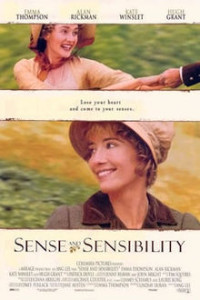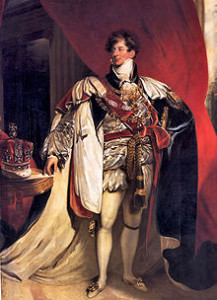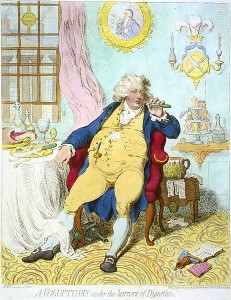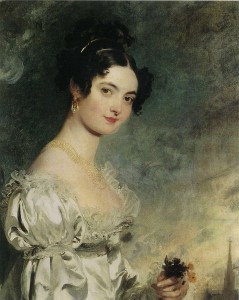 We’ve done a lot of talking about names at Risky Regencies over the years (see here, here, and here), but here I go again!
We’ve done a lot of talking about names at Risky Regencies over the years (see here, here, and here), but here I go again!
I have a few rules for myself when I’m naming characters. Guidelines, really.
1. The names have to have a pleasant rhythm. For example, Emily Galightly doesn’t do it for me, but Hugh Westleigh (hero of A Lady of Notoriety) has a nice sound to my ear.
2. The names need to be historically accurate, or at least seem historically accurate. No modern sorts of names like Savannah or Brooklyn, both of which make a Top 50 Girl Baby Name list for 2014.
3. Absolutely no female characters who have traditionally male names. This is one of my pettest peeves and I see it in contemporary romance too often for my taste. It’s just confusing!! So no names like Addison or Taylor for my heroines, even though those, too, made the list of Top 50 Girl Baby Names.
4. Vary the character names so that none are inadvertently similar. No Harry or Herbert if there is a Hal, for example. Same with surnames. No Goodman if there is a Jackman.
5. Try not to use the names of real people, especially real people who are in the news. My editors flagged a name I’d chosen that turned out to be the name of an English entertainer. Now I’ve learned to Google the name to see if I’ve chosen one that would be recognizable.
It seems like I use different websites with each book to help me select names. For first names, I google “girls names of the 1800s” or “boys names of the 1800s.”
Here are some websites to use for surnames or tital names or both:
http://www.thepeerage.com/surname_index_G.htm
http://surnames.behindthename.com/names/usage/english
The name of the lady in the portrait by Lawrence is Lady Selina Meade. Now that’s a great name!
Do you have any naming rules or pet peeves?

![DUKE'S GUIDE TO CORRECT BEHAVIOR cover[2]](https://authors.riskyregencies.com/wp-content/uploads/2014/05/DUKES-GUIDE-TO-CORRECT-BEHAVIOR-cover2-185x300.jpg)
 The Fallen Woman.
The Fallen Woman.
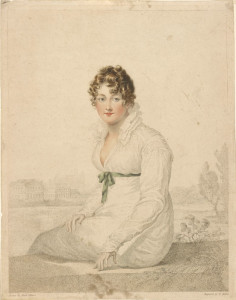
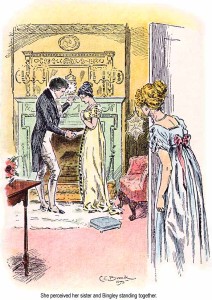
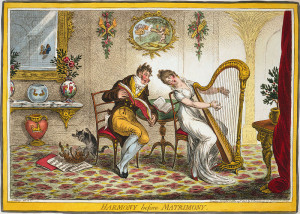
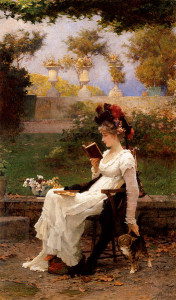
 Based on last weeks blog, here’s my new list of Regency heroes (in no particular order):
Based on last weeks blog, here’s my new list of Regency heroes (in no particular order):